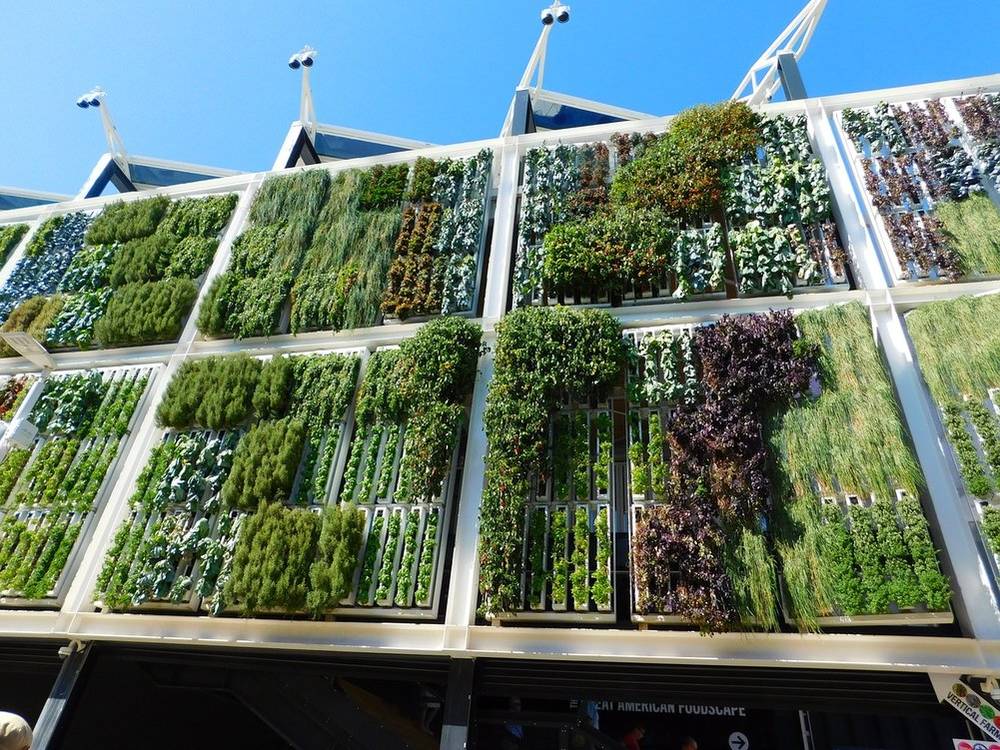The formation of holes in cheese has interested scientists for long time.
In 1917 William Clark published a review article on Emmental cheese “eye” (the bigger type of cheese holes) formation, where he correctly concluded that bacterial gas production formed the eyes. Clark also formed a hypothesis that the eyes in cheese are seeded, but could not explain what “the seeds” were. Until now, no-one could explain sessional variations in eye development and why centrifugation and microfiltration negatively affected eye formation. In last 10-15 years, Emmental producers noticed a dramatic drop in number of eyes. This has been associated to modern milking techniques and subsequently “cleaner” milk used for cheese production.
Swiss scientists from Agroscope and Empa found that the microfiltration of cheese milk almost completely abolished eye formation, and therefore they decided to investigate if plant-derived microparticles in cheese milk were responsible for eye seeding. They found that powders obtained from dried plant leaves and stems were the most effective seeds. They then used X-ray computer tomography to study how hay powder influences Emmental eye development during ripening and discovered a strong dose–response relationship between the addition of hay powder and cheese eye number formation.
This discovery is good news for cheese producers that have in recent years struggled to produce Grade A Emmental cheese: (http://www.ams.usda.gov/AMSv1.0/getfile?dDocName=STELDEV3004468).
Post Script: There’s some misinformation on internet news sites that state “the holes are not caused by the gas produced by bacteria” . This just isn’t true! Carbon dioxide inflates the holes and hay particles just act as “eye nuclei”, where gas gets trapped during cheese ripening.
Read the original scientific article here: http://www.sciencedirect.com/science/article/pii/S0958694615000631
Press Release: http://www.agroscope.admin.ch/aktuell/00198/05299/05494/index.html?lang=de&msg-id=57378
By Marko Petek, PhD, Research and Development Associate, BioSistemika LLC











